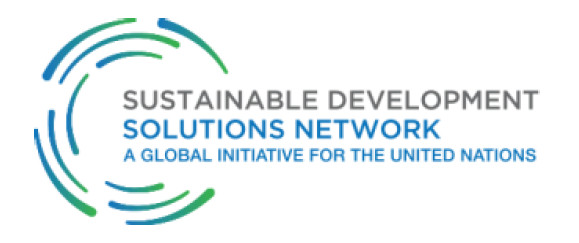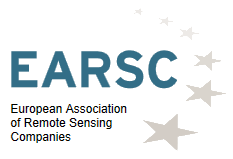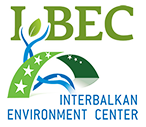The Challenge
Earth observations have the ability to be integrated into national information systems and monitoring frameworks to mitigate environmental risk and create more sustainable and resilient societies. The global community must rely on different methods of Earth observations and geospatial information to achieve the outcomes presented in the 2030 Agenda for Sustainable Development.
The Solution
The Earth observations for Sustainable Development Goals (EO4SDG) initiative serves a fundamental role in advancing global knowledge on the effective ways that Earth observations and geospatial information can support the Sustainable Development Goals (SDGs). EO4SDG uses Earth observation data and geospatial information to aid in the progress toward improved social, economic, and environmental sustainability for countries and stakeholders worldwide and are recognized for their contributions. The EO4SDG Initiative provides value-added benefits maintains four elements (Projects, Capacity Building, Data and Information Products, and Outreach and Engagement) that they work around.
Policy Drivers
The EO4SDG initiative is a growing global network of leaders from national and local governments, research networks, multilateral organizations and nonprofit organizations who work to promote the use of Earth observations in support of the SDGs.
The EO4SDGs also support open data access and the development of methods, tools, use cases and capacity-development activities in the following thematic areas:
Our Donors
Our Partners
Participating Organizations
Non-affiliated
How We Work
The EO4SDG initiative was launched by the Group on Earth Observations (GEO) to contribute to the 2030 Agenda for Sustainable Development through using Earth observations and geospatial information on SDGs. The seventeen goals of the Agenda have 169 Targets, and 232 Indicators in the Global Indicator Framework. This initiative presents a unique opportunity for countries, governments, organizations and stakeholders to capitalize on the benefits that Earth observations provide in order to monitor, plan, and report on SDGs.
EO4SDG has three goals and associated objectives to serve the purpose of the 2030 Agenda, contributing its desired outcomes and creating measurable results.
- GOAL I: Demonstrate how Earth observations, geospatial information and other relevant data can contribute to innovate and tangible wats to support the SDGs.
- GOAL II: Increase the skills and opportunities in uses of Earth observations and geospatial information for SDGs.
- GOAL III: Widen awareness and understanding of Earth observations and geospatial information that support the SDGs as well as contribute to social, environmental and economic benefits.
EO4SDG works with GEO members, participating organizations (including the Committee on Earth Observation Satellites (CEOS)) and other GEO Initiatives and Flagships to integrate Earth Observations into national and subnational processes. This Initiative facilitates the accessibility and dissemination of SDG-relevant information through the development of toolkits and webinars to encourage nations and stakeholders to use Earth observations as part of their SDG activities.























